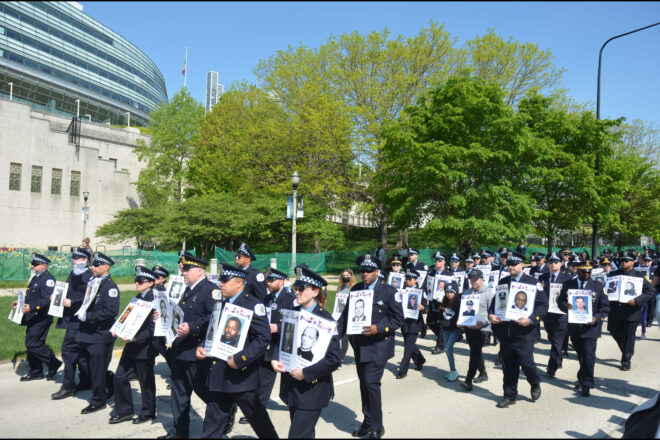Less than a month ago, Secure 1776 raised the question. Is Chicago a Hadleyville? We highlighted three recent news items which raised warning signs that Chicago was at risk. In light of the murder of Chicago Police Officer Ella French on 7 August 2021, it is worth rereading that post. Officer French was murdered, and her partner critically wounded, while they were conducting a vehicle stop. The shooting occurred in West Englewood, a Chicago neighborhood that has long-suffered the ravages of street crime and gang violence. The murder of a police officer, while she was in the act of keeping her oath to the Constitution, is a tear in the very fabric of the community.
Category: Public Safety
Crime Victims Are Not the Priority
Crime victims are not the priority for offenders. Of that we can be certain, or those who seek to harm others would not do so. Clearly, “the priority” of the justice system is supposed to be “justice.” Without question, such demands that the system follow the law and respect the Constitutional rights of all those who are accused of crimes. However, can a justice system be truly “just” if victims are not at least “a priority.”
Is Chicago a Hadleyville? There are warning signs.
The greatest warning that Secure 1776 can associate with a community is that it is becoming a “Hadleyville.” What is a “Hadleyville?” Thomas Lemmer was the first to speak about Hadleyvilles in his 2015 article “It’s High Noon for American Policing.” Is Chicago a Hadleyville? To begin to answer this question, let’s consider three recent articles on policing and crime in Chicago.
Subway Safety and Proactive Policing
This week Nicole Gelinas, from the Manhattan Institute, authored an insightful opinion essay published in the New York Times: “To Get New York Going, We Have to Address Subway Safety.” Without question subway safety and proactive policing are correlated variables. Gelinas observed that far fewer New York City (NYC) transit riders felt safe in the subway, just 26% as of early 2021. By comparison, in the last quarter of 2019, 65% of riders “felt satisfied with the levels of crime and harassment on trains.” Violent crimes are up and ridership is down dramatically from “pre-pandemic” days. The absence of “safety in numbers” for riders and a turn from active policing on the system are key factors in the subway safety equation. See our analysis.
“Toledo police release body camera video from fatal block party shooting”
At first glance this may not appear to be the type of article that would be posted here on Secure 1776, as this site seeks a higher-level focus than a single shooting incident. However, this incident from 4 July 2021 in Toledo, Ohio connects to several key points nationally.
Navigator Research: “Polling shows Democrats alarmed about crime, too”
Recent polling by Navigator Research shows a consensus has emerged that crosses the political divide – the surge in violence is the nation’s leading major crisis. Learn more from Secure 1776.
“‘Why stay?’: Law enforcement advocates explain exodus from police forces”
In an article written by Leandra Bernstein, the dramatic reductions in police staffing levels, particularly in America’s large cities are examined. Bernstein notes: “Law enforcement has always been a difficult job but over the past year, more police officers are leaving the profession.” Below, Secure 1776 draws provides several key points and out analysis from the article.
Rasmussen Reports: Spend More on Police, Voters Say
In the discussion of the future of policing in American during the past year, many activists and some elected officials adopted the slogan, “Defund the Police.” Recent polling by Rasmussen Reports finds little public support for this view.
“The Community’s Credible Threat”
policing provides key support for the informal social control provided directly by the community. The full article, “The Community’s Credible Threat,” can be read at the City Journal.
Rasmussen Reports: 49% of Voters Say Anti-Police Protests Hurt Public Safety
Rasmussen Reports released recent findings from a national telephone and online survey. They found that 49% of Likely U.S. Voters believed last year’s protests against the police hurt public safety. Just 22% said the protests helped public safety and 21% believed the protests didn’t make much difference.


